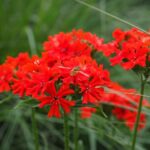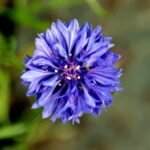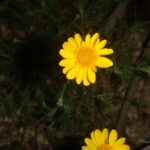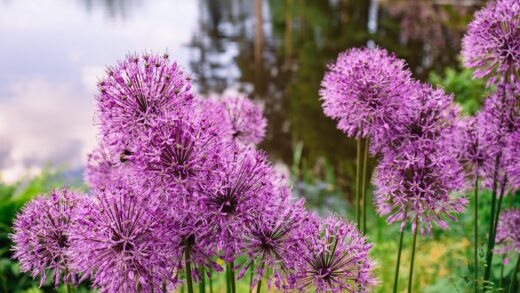Light requirements of the garden star-of-bethlehem
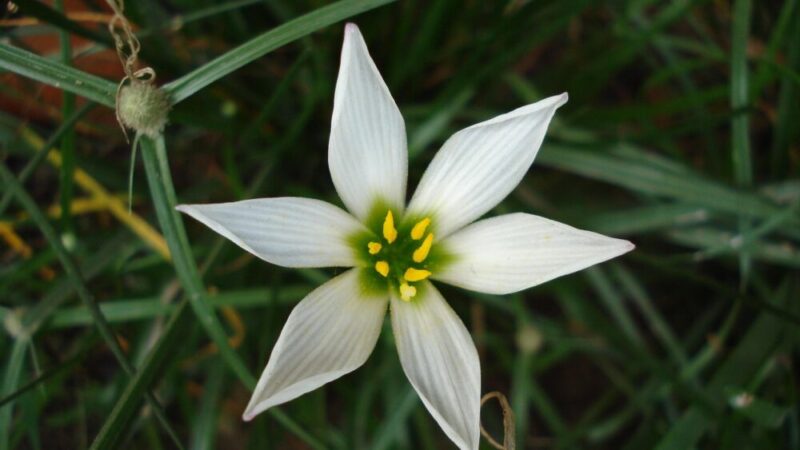
Understanding the light requirements of the garden star-of-bethlehem is fundamental to its successful cultivation and achieving a spectacular floral display. This resilient spring-flowering bulb thrives when provided with an ample amount of sunlight. The ideal condition for this plant is full sun, which translates to at least six hours of direct, unfiltered sunlight each day. This level of light exposure fuels the process of photosynthesis, allowing the plant to generate the energy it needs to produce strong foliage, robust flower stems, and an abundance of its characteristic star-shaped white blooms. While it can adapt to less light, its performance is directly correlated with the amount of sun it receives.
The plant’s natural life cycle is perfectly synchronized with the light conditions of its preferred habitat. It typically grows under deciduous trees or in open meadows. In these environments, it emerges and completes most of its active growth and flowering in the spring, before the canopy of the trees has fully leafed out. This timing allows it to take full advantage of the direct sunlight available early in the season. Once the tree canopy closes and the area becomes shadier, the plant has already finished flowering and is beginning to enter its summer dormancy, so the reduced light levels are not detrimental.
This adaptability makes the garden star-of-bethlehem a versatile choice for various garden settings. It can be planted in open, sunny borders where it will receive consistent light throughout the day, or it can be naturalized in woodland gardens where it will thrive in the dappled light of spring. The key is to ensure it receives sufficient direct sun during its active growth phase from early to late spring. Insufficient light during this critical period is one of the primary reasons for poor flowering.
When selecting a planting site, it is therefore crucial to observe how the sunlight moves across your garden throughout the day, particularly during the spring months. A location that might be shady in the summer could be quite sunny in April and May. Recognizing these seasonal light patterns will help you choose the perfect spot where your garden star-of-bethlehem will not just survive, but truly flourish and put on its best possible show.
The importance of full sun
For the most vigorous growth and prolific flowering, a location in full sun is unmatched. When the garden star-of-bethlehem receives six or more hours of direct sunlight daily, it is able to maximize its photosynthetic potential. This energy production is directly channeled into creating a greater number of flowers per plant and larger, more substantial bulbs. A larger bulb has more stored energy, which in turn leads to a more impressive display in the following year, creating a cycle of health and vitality.
More articles on this topic
In a full sun location, you will also notice that the plants tend to be more compact and sturdy. The flower stems will be strong and upright, better able to support the clusters of blooms without bending or flopping over. The foliage will be a rich, healthy green color. This robust stature not only enhances the plant’s aesthetic appeal but also makes it more resilient to environmental stresses such as wind and rain.
Another benefit of a full sun location is that the soil tends to warm up faster in the spring and dry out more quickly after rainfall. This is particularly advantageous for the garden star-of-bethlehem, as it helps to prevent the waterlogged conditions that can lead to bulb rot. The increased air circulation and quicker drying of foliage in a sunny, open spot also help to reduce the risk of fungal diseases, such as rust or powdery mildew, which thrive in damp, stagnant air.
While full sun is the ideal, it is worth noting the intensity of the sun in your specific climate. In regions with extremely hot and intense summer sun, the “full sun” recommendation might be slightly adjusted. In such climates, a location that receives full sun in the morning and some light shade during the hottest part of the afternoon can be beneficial. However, for most temperate climates, a position in all-day sun is the gold standard for achieving the best possible performance from this plant.
Adapting to partial shade
While the garden star-of-bethlehem performs optimally in full sun, it is an adaptable plant that can tolerate conditions of partial shade. Partial shade is typically defined as an area that receives between three to six hours of direct sun per day. A common partial shade scenario is a location that gets direct morning sun but is shaded during the afternoon, or a spot with dappled sunlight that is filtered through the high canopy of trees. This tolerance makes it a valuable plant for trickier parts of the garden.
More articles on this topic
When grown in partial shade, the most noticeable difference will be in the plant’s flowering. It will likely produce fewer flowers compared to its counterparts in full sun. The plant may also have a slightly more open and elongated habit, as it stretches towards the available light. This phenomenon, known as etiolation, can result in longer, somewhat weaker stems and a more delicate appearance. The foliage may still be healthy, but the overall vigor of the plant might be somewhat reduced.
The key to success in a partial shade location is ensuring that the sunlight it does receive is of good quality, preferably direct sun for at least a few hours. A location in deep, all-day shade is not suitable and will likely result in a plant that produces only leaves and no flowers, or may fail to thrive altogether. The ideal partial shade location is one that is bright and receives direct sun during the spring months, such as beneath deciduous trees.
If you notice that your garden star-of-bethlehem plants are not flowering well and are in a shady spot, lack of sufficient light is the most probable cause. If possible, consider transplanting the bulbs during their dormant period in late summer to a sunnier location in your garden. This simple move can often make a dramatic difference in their flowering performance the following spring, transforming a disappointing patch of foliage into a beautiful floral display.
Light’s role in the life cycle
Light plays a crucial and dynamic role throughout the entire active life cycle of the garden star-of-bethlehem. In early spring, as the soil warms, the stored energy in the bulb fuels the initial emergence of the shoots. However, as soon as the leaves unfurl, they begin the vital process of photosynthesis, harnessing sunlight to create the energy needed for further growth. The amount and quality of light during this early phase directly impact the size and strength of the developing flower stalks.
The peak demand for light occurs during the period leading up to and including flowering. Abundant sunlight during this time ensures the plant has enough energy to produce a full complement of vibrant flowers. After the flowering period is complete, light continues to be essential. The foliage, which should be left intact until it withers naturally, works as a solar panel, capturing sunlight to manufacture food that is then transported down and stored in the bulb for the next year’s growth.
This post-flowering period of energy replenishment is critical. Cutting the foliage back prematurely, or having the plant in a location that becomes too shady too quickly after flowering, can interrupt this process. If the bulb is unable to store enough energy, the following year’s display will be significantly diminished, resulting in fewer flowers or even no flowers at all. This is why planting under deciduous trees works so well; the plant gets the sun it needs and then gracefully enters dormancy as the shade deepens.
Once the foliage has completely died back and the plant is dormant, light is no longer a factor. The bulb rests underground throughout the summer, autumn, and winter, completely independent of the light conditions on the surface. This perfectly timed life cycle, finely tuned to the seasonal availability of light, is what allows the garden star-of-bethlehem to thrive and naturalize so successfully in suitable environments.








